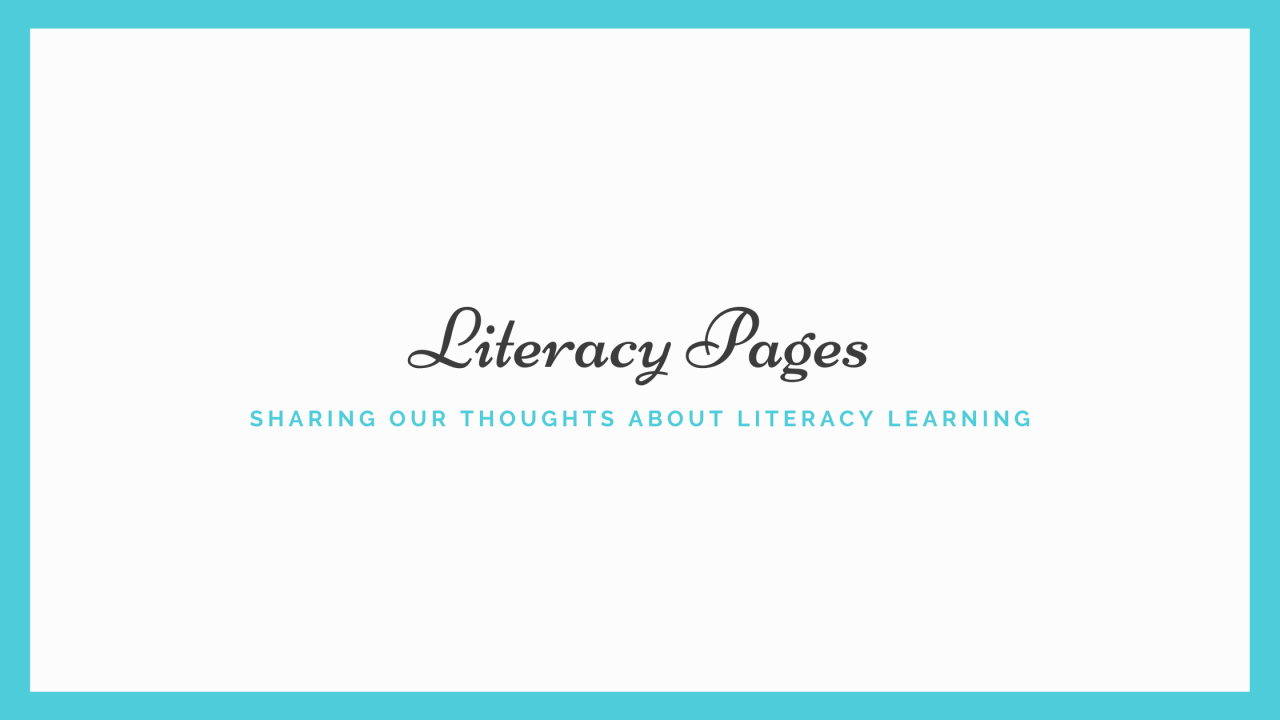As I mentioned in my previous post about roaming around the known I like to do some reading in Literacy Lessons Designed for Individuals before I jump into roaming. It is easy to become uncertain about what to do during roaming because it is not as structured as lessons. I think that if we spend time reading the section on roaming carefully and talk with colleagues it can help clear up the uncertainty that can go with roaming.
“The most important reason for ‘Roaming around the known’ is that it requires the teacher to stop teaching from her preconceived ideas.” ~Marie Clay
During roaming, it is important to stay with what the child already knows how to do. As much as we want to help our students to progress as fast as possible we should hold ourselves back from any deliberate teaching. The good news is our students will learn a lot as we share tasks with the child and from our demonstrations. According to Clay, we want to share interesting tasks with the child and alternate between reading and writing activities throughout the lesson. We should also create opportunities for the child to do lots of talking. We want to increase confidence and encourage flexibility with what our students know. The child needs to understand that what he knows is the same in different contexts and settings, so it helps to have things reoccur in different parts of the lesson.
During a Continuing Contact session, I received a copy of a wonderful article that really helped me to understand more about the purpose of roaming and how to better plan activities for roaming. The article is called Promoting Discovery During Roaming Around the Known written by James Schnug. In the article Schnug quotes Clay, “The teacher works mostly with reading texts and writing texts. This seems to give the child the feeling that he is reading and writing.” What I take away from this is that we should be spending most of our time during roaming sessions doing reading and writing of continuous texts to help our students feel like readers and writers.
Schnug emphasizes the importance of reading copious amounts of books during roaming. A student that Schnug highlighted in the article read on average 6-8 books per lesson. By the end of roaming the child had read a total of 70 books!
Schnug states that writing should happen several times during a lesson. Shung reminds us that our students should have different materials to write on and with. He suggests some possible continuous texts to co-construct with your students:
- Original stories
- Variations on books read
- Personal responses to a book
- Dialogue balloons
- Plot/page extensions
- Personal responses to a photograph, picture or movie
- Personal responses to a drawn picture
Schnug also suggests some possible materials to use for writing:
- Paper
- Chalkboard
- Sticky notes
- Blank books
- Dry-erase board
During roaming sessions, we should take notes about the behaviors we see. Of course, it is important to not get caught up in notetaking or we might miss out on valuable observations. When taking notes we can ask ourselves the following questions:
- What does he/she do well?
- How does he/she help themselves?
- What more did you notice?
- Did he/she surprise you?
Reading Clay’s work and Schnug’s article has helped me to see that roaming sessions should primarily involve reading and writing activities throughout the sessions. I strive to have the child read at least 6 books and 3 writing pieces per roaming session. I am very thoughtful about any activities I have the child do that are not in continuous text. Schnugg’s article has helped me to be more confidant with what to do during roaming around the known and has helped me to enjoy this special time with my students.
Works Cited:
Schnug, James R. “Promoting Discovery During Roaming Around the Known.” Journal of Reading Recovery. Fall 2015: 21-29. Print.


Pingback: Writing During Roaming Around the Known – Literacy Pages
Pingback: Preparing for Roaming Around the Known – Literacy Pages
Pingback: Literacy Interventions: Let’s think outside of the box – Literacy Pages
Pingback: 25 Ways to Build Positive Relationships with Students – Literacy Pages
Pingback: Reading Recovery: Second Round Roaming – Literacy Pages
Pingback: Predictions of Progress: The Map That Leads to a Self-Extending System – Literacy Pages
Pingback: Reading Recovery Reflections & Goal Setting – Literacy Pages
Pingback: The Keynotes of Roaming Around the Known: Confidence, Ease, Flexibility, & Discovery – Literacy Pages